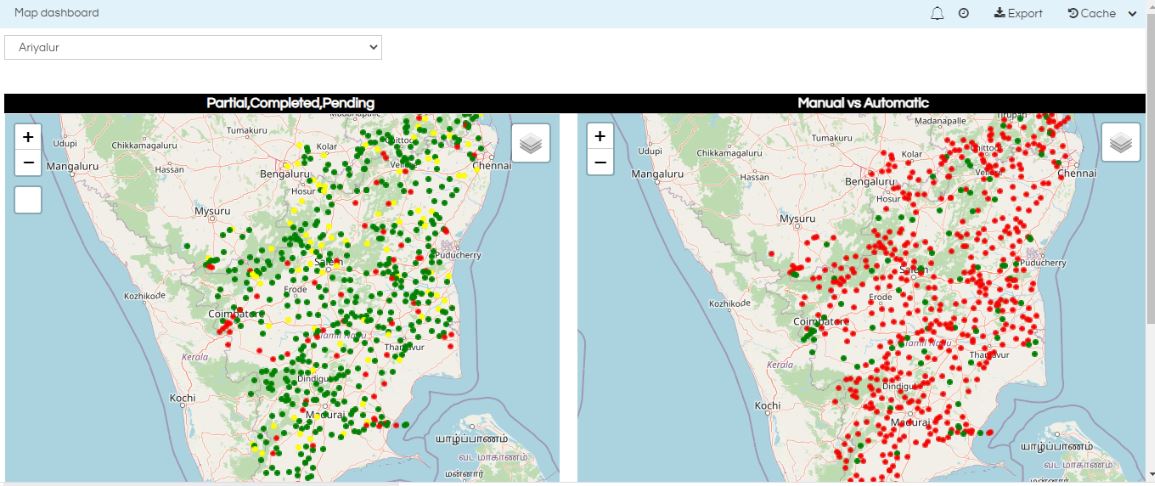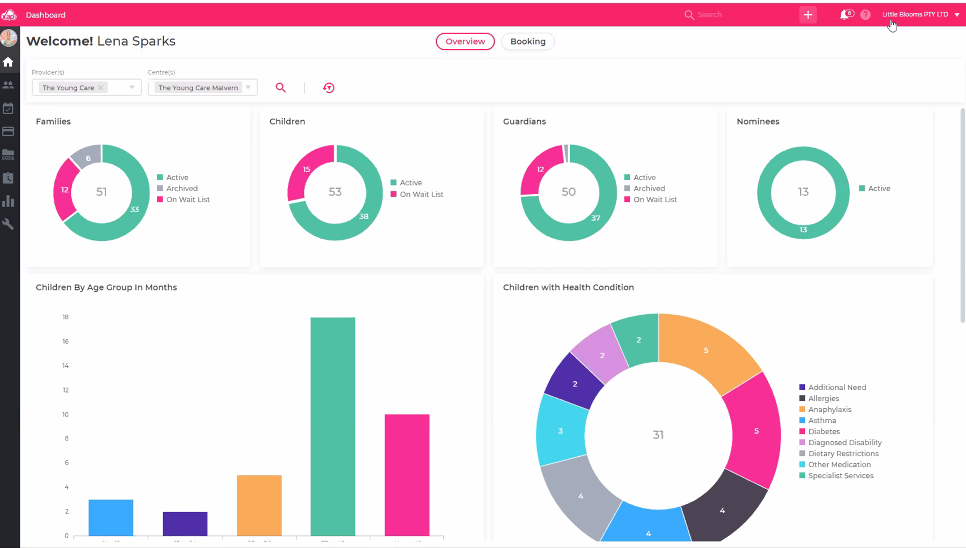What is Embedded BI?
Embedded BI (Business Intelligence) integrates analytics and reporting tools directly into business applications, eliminating the need for investing substantial efforts in building reports dashboards and other analytics. It enables users to access insights directly within their products/webapp, enhancing productivity and decision-making. With real-time data visualization and analytics, embedded BI empowers teams to act on insights instantly. It’s a game-changer for businesses aiming to democratize data and boost efficiency.
Further, providing analytics directly within the product, it also makes sure that people do not have to login to multiple tools and via a single interface with a single login they are able to do everything.
Seamlessly integrate powerful analytics with Helical Insight—experience the ultimate Embedded BI tool!

Why Embedded BI is Gaining Traction in 2025
Embedded BI is transforming the way businesses leverage data by seamlessly integrating analytics into everyday applications. Instead of relying on standalone BI tools, users can access dashboards, reports, and insights directly within their existing software. This eliminates the hassle of switching between platforms, reducing inefficiencies and enabling faster decision-making. As organizations prioritize real-time data, embedded BI is becoming a cornerstone of modern workflows.
The rise of no-code and low-code platforms has further fuelled the adoption of embedded BI in 2025. These solutions make it easier for companies to customize and deploy analytics without extensive technical expertise. Additionally, embedded BI democratizes data access, empowering employees at all levels to act on insights without depending on IT teams. As businesses embrace data-driven strategies, the demand for embedded BI continues to skyrocket, making it a vital tool for staying competitive.
How Embedded BI Differs from Traditional BI
| Feature | Embedded BI | Traditional BI |
|---|---|---|
| Integration | Integrated within business applications for seamless access. | Operates as a standalone platform requiring users to switch applications. |
| Accessibility | Designed for non-technical users, enabling easy interaction with data. | Often requires technical expertise to navigate and build reports. |
| Workflow | Provides in-context insights within existing workflows, enhancing efficiency. | Requires manual navigation to separate dashboards, interrupting workflow. |
| Decision-Making | Facilitates real-time, actionable insights within familiar tools. | Insights may be delayed due to switching platforms and manual report generation. |
| IT Dependency | Reduces reliance on IT teams by empowering users to access and analyze data independently. | Higher dependency on IT for setting up, managing, and maintaining BI systems. |
| User Experience | Simplifies data interaction with intuitive, embedded analytics interfaces. | Often complex interfaces tailored for specialized BI users. |
| Adoption | Encourages widespread adoption by embedding analytics where users already work. | Adoption is often limited to specific departments or roles due to complexity or cost. |
Seamlessly integrate powerful analytics with Helical Insight—experience the ultimate Embedded BI tool!
Key Benefits of Embedded BI
- Seamless Integration: Embeds analytics directly into existing business applications, eliminating the need for separate BI tools.
- Enhanced Efficiency: Provides real-time insights within workflows, saving time and improving productivity.
- User-Friendly: Designed for non-technical users, enabling easy access to data and reducing reliance on IT teams.
- Improved Decision-Making: Delivers in-context insights, allowing faster and more informed business decisions.
- Cost-Effective: Reduces the need for additional software licenses and training by leveraging existing tools.
- Scalability: Easily adapts to growing data needs and integrates across various applications and platforms.
- Boosts Adoption: Encourages data-driven practices by placing analytics where users already work, increasing engagement.
- Customization: Offers flexible dashboards and reporting tailored to specific workflows and user preferences.
- Real-Time Access: Enables instant analysis of live data, keeping businesses agile and competitive.
- Data Democratization: Empowers employees at all levels with actionable insights, fostering a data-centric culture.
Features of a Robust Embedded BI Solution
- Seamless Integration: Integrates effortlessly with existing business applications, ensuring a smooth user experience without disrupting workflows.
- Real-Time Analytics: Provides live data analysis, enabling timely decision-making based on current information.
- Customizable Dashboards: Tailors dashboards to specific user needs, ensuring relevant and actionable insights.
- Self-Service Capabilities: Allows users to generate reports and explore data independently, reducing reliance on IT teams.
- Security and Governance: Ensures data protection with strong security measures and compliance features.
- Mobile Accessibility: Provides access to insights on-the-go through mobile-friendly platforms.

Seamlessly integrate powerful analytics with Helical Insight—experience the ultimate Embedded BI tool!
How to Choose the Right Embedded BI Tool
- Pricing: Ideally, a BI product should provide you a flat pricing, thus allowing you to embed analytics and provide to a much larger audience without ever increasing cost. Most BI tools are costly, further per user costing per session costing etc can add a very substantial burden of cost.
- Integration and SSO options: The choosen BI tool should support multiple different methods of embedding and SSO. Many companies use IAM tools like CAS LDAP ADFS Okta Keycloak etc. Further, many product based companie’s don’t use any IAM but rather have their own custom coded security. For that there should also be support of token based SSO.
- Assess Integration Capabilities: Ensure the tool seamlessly integrates with your existing applications and workflows to minimize disruptions.
- Consider User-Friendliness: Choose a tool that is intuitive and easy to use, especially for non-technical users, to foster adoption across teams.
- Evaluate Customization Options: Look for a solution that allows you to tailor dashboards, reports, and visualizations to meet specific business needs.
- Development interface: Many of the traditional BI tools have a desktop based tool to create reprots dashboards, thus you can not embed the report designer /dashboard designer. But more recent products are browser based which gives a lot of advantage.
- Check for Real-Time Analytics: Real-time data processing is crucial for making timely, data-driven decisions, so opt for a tool that offers live data analysis.
- Ensure Scalability: Choose a tool that can scale with your growing data needs and adapt to future requirements. Flexible deployment model could be useful with the support of containers.
- Support and Training: Look for a tool with comprehensive support and training resources to ensure smooth implementation and ongoing use.
Read about Top 5 embedded BI tool here along with it’s pros and cons.
Helical Insight: The Best Embedded BI Tool
Helical Insight stands out as the ideal choice for embedded BI due to its seamless integration capabilities with various platforms and applications.
- Flat pricing, irrespective of the usage
- Browser based interface, thus allowing you to even embed the report designer or dashboard designer also.
- Multiple different methods of embedding and SSO
- No need to learn any other language (like PowerBI forces to learn DAX, Looker forces to learn LookerML etc)
- Flexible deployment model with support of coker etc. Download 30-Day Free Trial
